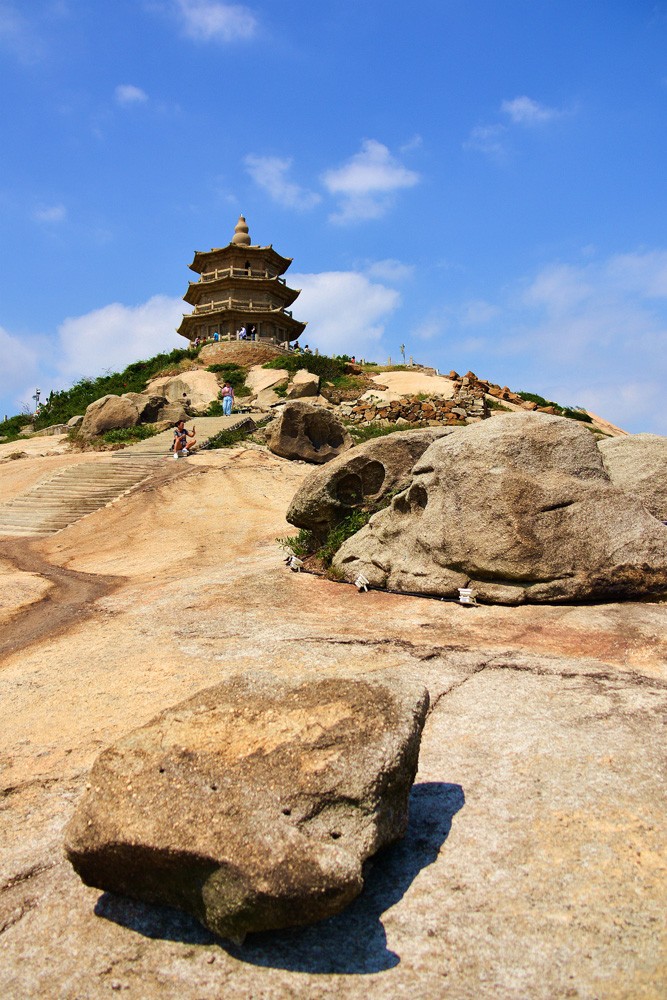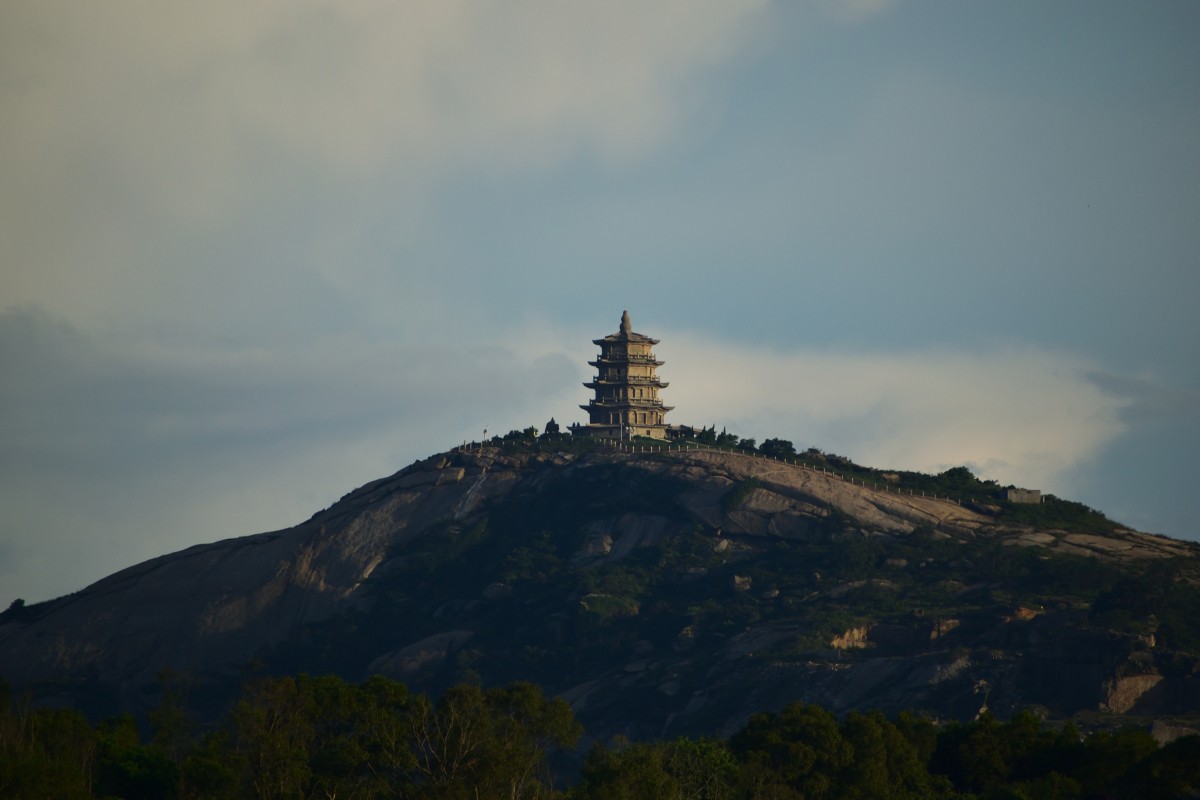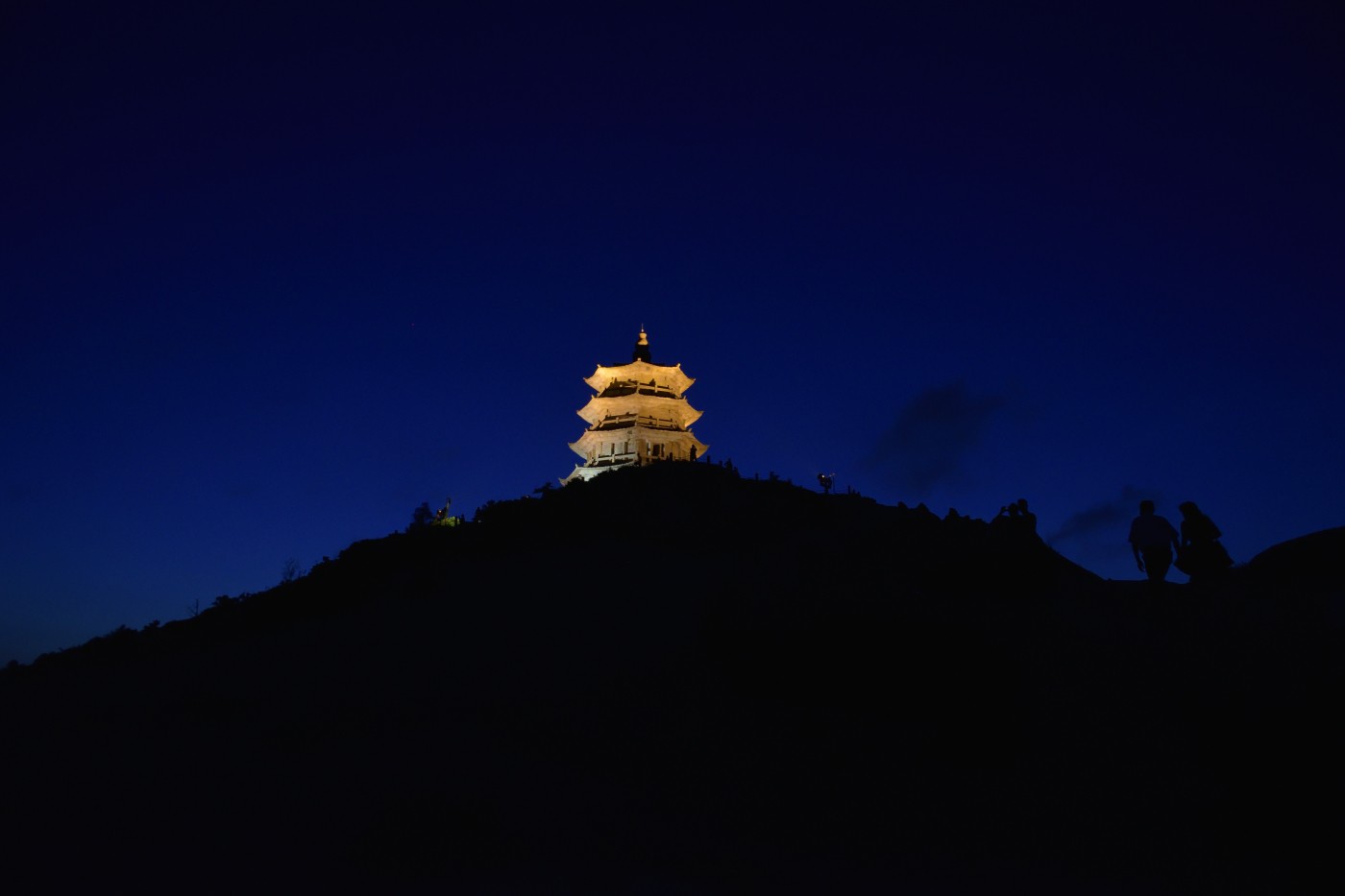万寿塔又名姑嫂塔,是“泉州:宋元中国的世界海洋商贸中心”史迹系列遗产的代表性遗存之一。塔矗立于泉州湾海岸宝盖山山巅,山体海拔209.6米,建于南宋绍兴年间(1131-1162年),后世多有修缮。塔体为石构,空心单边筒式结构,八角五层,四周环廊。万寿塔依借山势,北依古刺桐港、南挑重洋,作为商船出入泉州湾的主要航标,见证了宋元时期“东方第一大港”泉州海外贸易活动的繁荣。
长期以来,从事航海经商和远洋捕捞的泉州人均把该塔视为故乡的象征,万寿塔是见证泉州悠久海外贸易传统和海事建筑的重要历史遗迹。
Wanshou Pagoda, also known as Gusao Pagoda, is one of the representative monuments as part of the Serial Property of Historic Monuments and Sites of Ancient Quanzhou(Zayton).It was built between 1131 and 1162 (during the Shaoxing reign of the Southern Song Dynasty) and repaired several times in the following dynasties. Standing at the top of Baogai Mountain with an altitude of 209.6 meters, the pagota is a five-storey octagonal stone buliding with hollow structure inside and encompassed with external corridors. The pagoda overlooks the ancient Zayton Port to the north and the ocean further to the south. As a major navigation beacon at Quanzhou Bay, it testifies the prosperous maritime trade of the ancient city of Quanzhou as the “Top Port in the East” during the Song and Yuan dynasties.
Over the sweep of history, sailors and traders of Quanzhou have considered the pagoda as a symbol of hometown, which bears an important witness to the time-honored tradition of maritime trade and maritime architecture of Quanzhou.







